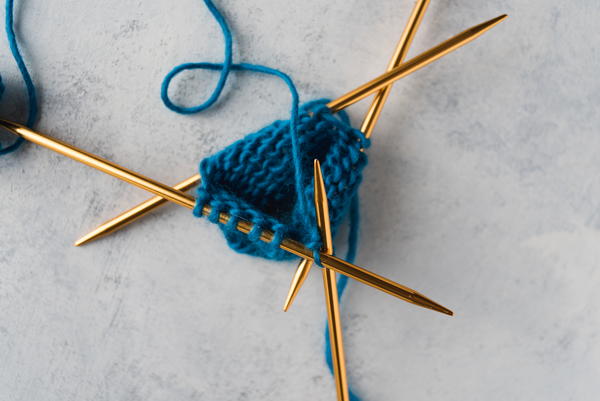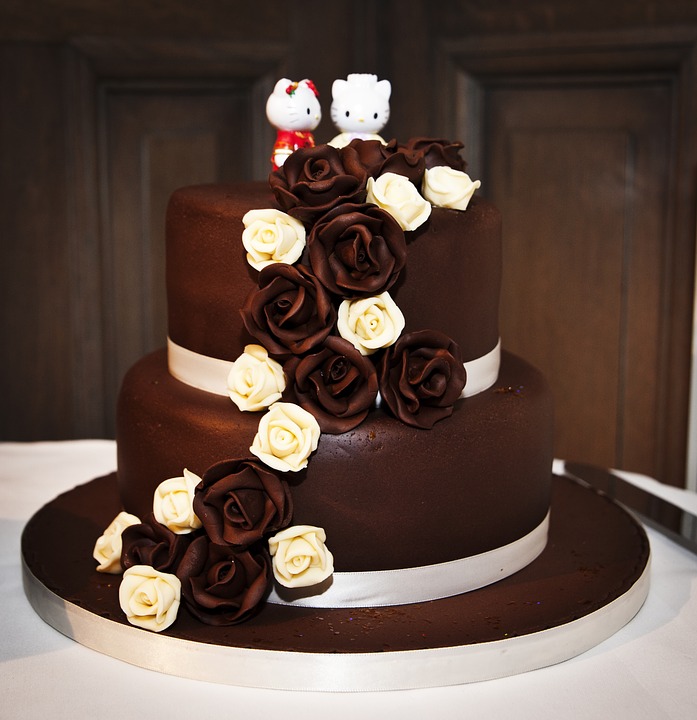What is crochet?

Stitch is a course of making texture by utilizing a knit snare to interlock circles of strands of yarn, string, or different materials. The name is gotten from the French word croquet, signifying ‘little snare’. Snares can be produced using an assortment of materials like metal, wood, bamboo, or plastic. The critical contrast among sew and weaving, past the hardware used to deliver them, is that in sew each join is finished before the following one is begun, though sewing keeps a few fastens open at a time. A few varieties of sew, for example, Tunisian sew and broomstick trim, keep a few knit lines open at a time. Follow queryplex to know more.
Unique
Knitwear gets by as far back as the eleventh century CE, however the principal substantial proof of sewn texture arises in Europe during the nineteenth hundred years. The work recently perceived as stitch was generally made by nailbinding, an alternate circle yarn method. The main known distributed directions for knit unequivocally utilizing that term to depict the specialty in its ongoing sense showed up in the Dutch magazine Penelope in 1823. It incorporates a brilliant plate showing five styles of satchels, three of which were planned to be sewn with silk string.
The first is “straightforward open sew” (knit basic sky blue), a cross section of chain-line curves. The second (represented here) starts in a semi-open structure (demi magazine), where chain-join curves substitute with similarly lengthy segments of slip-fasten knit, and with stars made of “twofold sew lines”. Closes with (Doubleday Haeckelstick): twofold sew in British phrasing; single-stitch in the US). The third satchel is made totally in twofold stitch. The guidelines recommend the utilization of a tambour needle (as displayed beneath) and present a few enriching methods.
The earliest dated reference in English to dress made by circling yarn with a snare shepherd’s weave is in The Memoirs of a Highland Lady by Elizabeth Grant (1797-1830). The diary section, itself, traces all the way back to 1812, however was not kept in its subsequently distributed structure until at some point somewhere in the range of 1845 and 1867, and the real date of distribution was first in 1898. By the by, Penelope’s 1833 volume portrays and portrays a shepherd’s snare. , and suggests its utilization for stitch with thick strings. You should also be aware of the difference between crochet and knitting.
Irish Crochet
In the nineteenth hundred years, as Ireland was confronting the Great Irish Famine (1845-1849), knit trim work was presented as a type of starvation help (the development of stitched ribbon was an elective way for unfortunate Irish specialists to bring in cash). was). Men, ladies, kids joined a helpful to deliver knit and items to assist with starvation alleviation during the Great Irish Famine.
Schools were begun to educate sewing. Instructors were prepared and sent all over Ireland to show this art. At the point when the Irish moved to America, they had the option to take stitching with them. Mademoiselle Rigo de la Branchardier is for the most part credited with the creation of Irish sew, having distributed the principal book of examples in 1846. Irish trim became well known in Europe and America, and was made in amount until World War I.
Present-day Practice and Culture
Design in knit changed with the conclusion of the Victorian age during the 1890s. Sewn ribbon in the new Edwardian period, cresting somewhere in the range of 1910 and 1920, turned out to be considerably more intricate in surface and mind boggling sewing.
Notwithstanding, the solid Victorian tones vanished, and new distributions called for white or lighter string, with the exception of extravagant handbags, which were frequently made of splendidly shaded silk and elaborate beaded. After World War I, not many stitch designs were distributed, and a large portion of them were worked on variants of mid twentieth century designs.
After World War II, from the last part of the 1940s to the mid 1960s, there was a resurgence of interest in home specialties, especially in the United States, with many plans for hued doilies, potholders, and other family things. New and innovative sew plans distributed. With refreshes from past distributions. These examples require thicker endlessly strings than the prior designs and incorporate a great assortment of varieties.
The art remained essentially a housewife’s craft until the last part of the 1960s and mid 1970s, when new ages took up sew and the famous granny squares, a theme worked in the round and consolidating brilliant varieties.
Albeit the ubiquity of stitch has since declined, the mid 21st century has seen a restoration of interest in crafted works and DIY, as well as extensive advancement in working on the quality and assortments of yarn. A lot more new example books are being printed with present day designs, and most yarn stores currently offer sew illustrations notwithstanding customary weaving examples.




